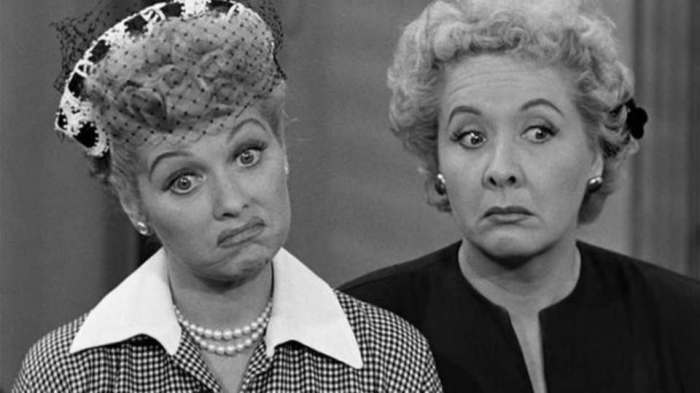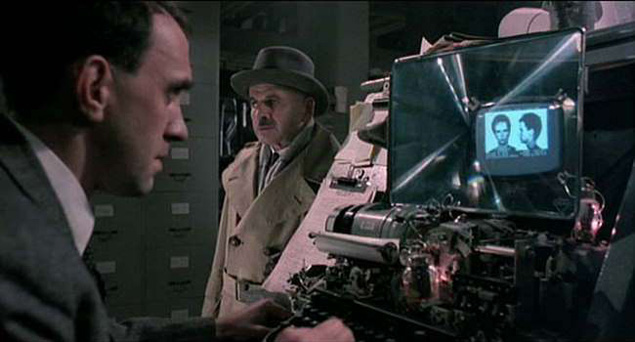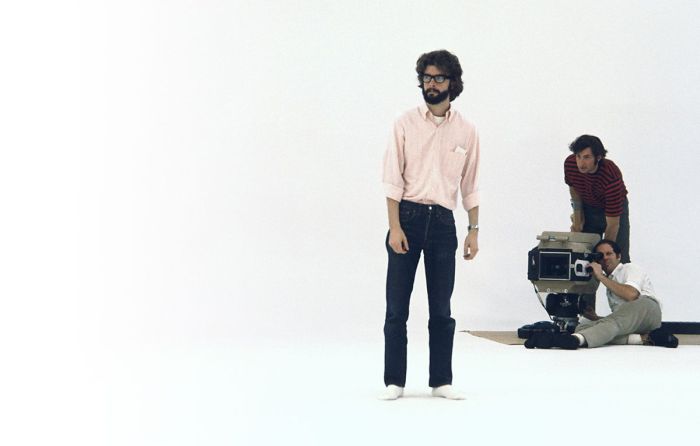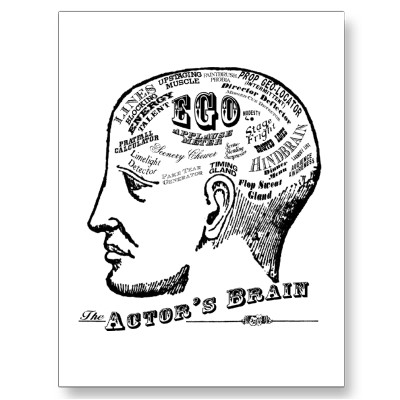by: Stephanie Kubick
Black and white. We all have that one show that comes to mind when we think if black and white movies and shows. The first one that comes to mind for me, is “I Love Lucy.” I spent much of my childhood watching the charismatic episodes wishing I could have the same cute hats and dresses.
Black and white films still leave many aspects of visual arts to the imagination. Think about how much color effects your perception of something. Did you like Lucy Ricardo with the “gray” hair ( we all knew it was dyed bright red), or did you like the shade of the red when the released some episodes in color? Personally, I enjoyed the black and white better. It left more to the imagination. What color were the dresses? What was the color of the furniture in the room? Leaving the episodes in black and white gave off a more classic feel. It fits the perception we have of that era.
In the mid-twentieth century, color came out. The first famous color pictures were “Gone with the Wind” and “Wizard of Oz”. There were a couple of pictures that came out in color previous to those two films, but those were the first to be successful. And today, they are still classics, expected to be seen by everyone of all ages.
Black and white is personally a favorite of mine. I can use my imagination more and it holds a bit more mystery than the average colored film. 





 Colin O’Neill
Colin O’Neill end I had to babysit 2 wonderful kids after playing with them for a few hours they asked if they could watch a movie. We watched a least 5 movies before I could put them to sleep after the first two movies I realized how impacting movies can be for children. Some of them are just stories but the majority of them actually have a message about life. I stopped and watched the movies with an open mind and saw how the children got fascinated. Most of the movies involved animals who had some type of issues and had to face them and go through the problem. It is surprising to see the psychological aspect of movies and how they transmit emotions relevant to all children and therefore have an appeal to a wider universal audience. Children movies become family movies and
end I had to babysit 2 wonderful kids after playing with them for a few hours they asked if they could watch a movie. We watched a least 5 movies before I could put them to sleep after the first two movies I realized how impacting movies can be for children. Some of them are just stories but the majority of them actually have a message about life. I stopped and watched the movies with an open mind and saw how the children got fascinated. Most of the movies involved animals who had some type of issues and had to face them and go through the problem. It is surprising to see the psychological aspect of movies and how they transmit emotions relevant to all children and therefore have an appeal to a wider universal audience. Children movies become family movies and